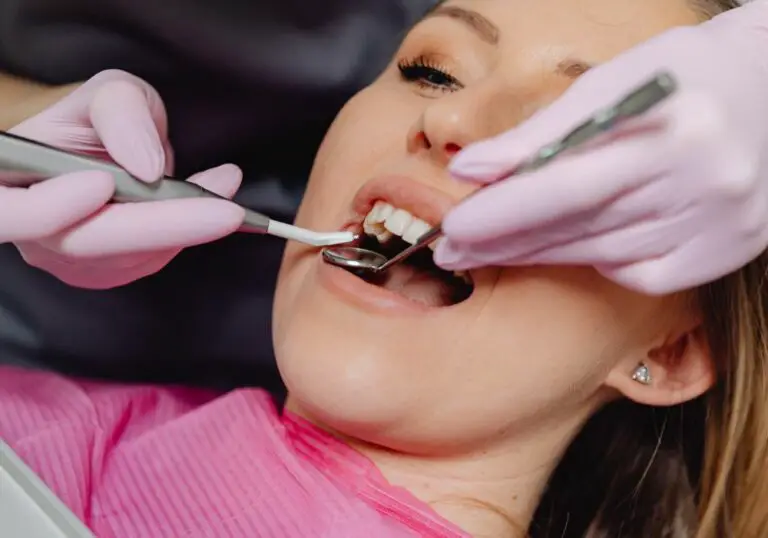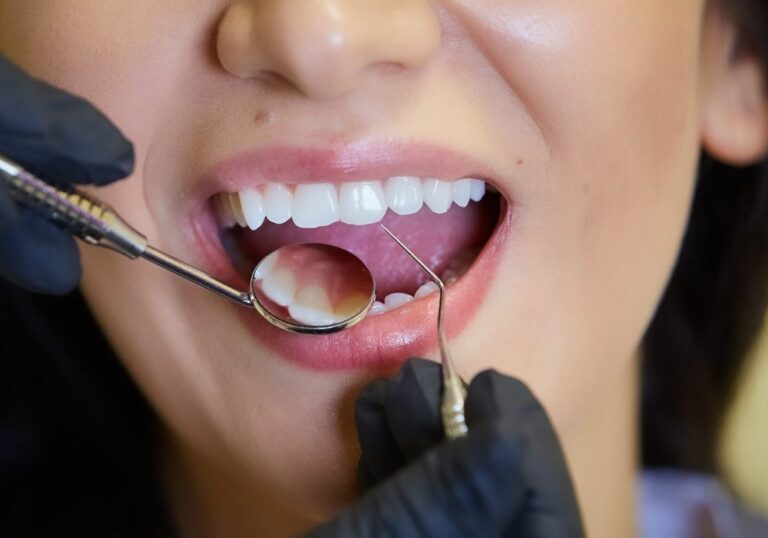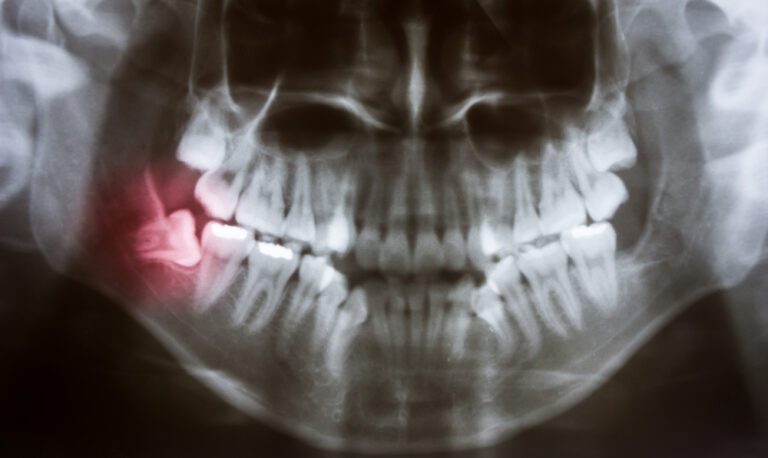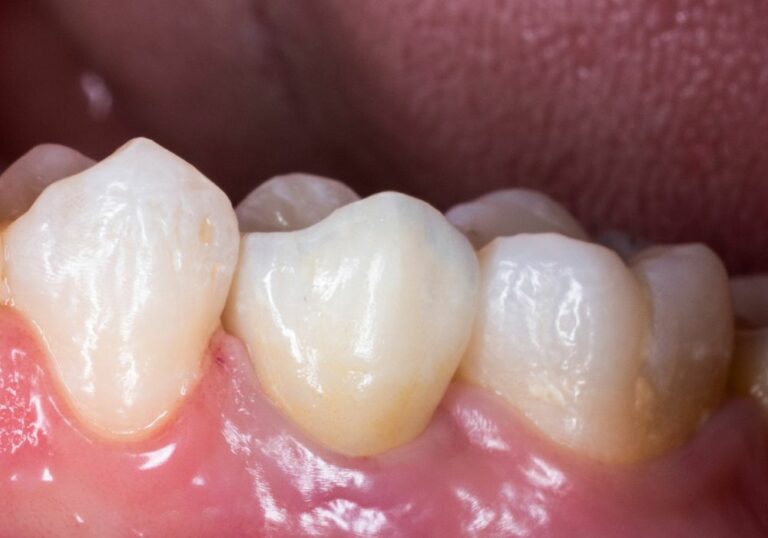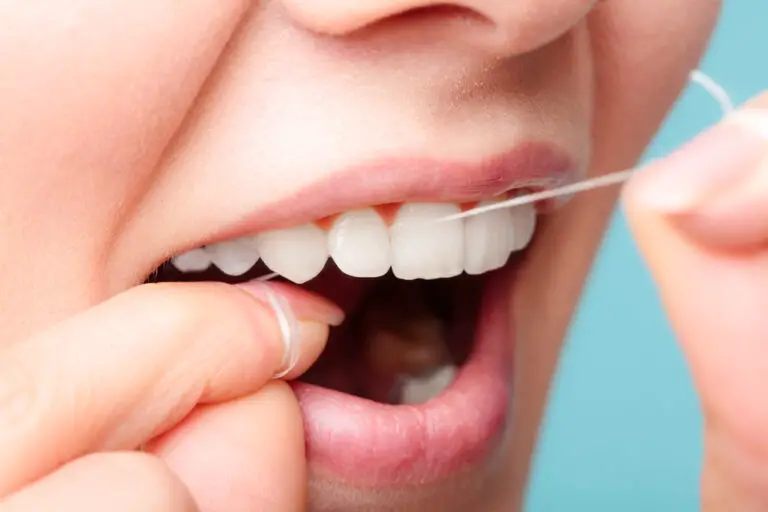Have you ever wondered what a tooth really is? Teeth are an essential part of our body, playing a crucial role in our daily lives. They help us chew food, speak clearly, and even affect our appearance. But what exactly are teeth, and how do they work?
In simple terms, teeth are hard, mineral-rich structures that are located in the mouth and jaws of vertebrates. Humans typically have 32 teeth, which are divided into four types: incisors, canines, premolars, and molars. Each type of tooth has a specific shape and function, allowing us to bite, tear, grind, and chew different types of food.
Despite their small size, teeth are incredibly complex structures. They are made up of several layers, including enamel, dentin, pulp, and cementum, each with its own unique properties and functions. Understanding the anatomy and function of teeth is essential for maintaining good oral health and preventing dental problems. In this article, we will take a closer look at what teeth are, how they work, and why they are so important.
Tooth Anatomy
When it comes to the anatomy of a tooth, there are three main parts that you should know about: enamel, dentin, and pulp.
Enamel
Enamel is the hard, outermost layer of a tooth and is the hardest substance in the human body. It is made up of mostly minerals, primarily hydroxyapatite, and is responsible for protecting the tooth from damage caused by chewing, biting, and grinding.
Dentin
Dentin is the layer of tooth structure that lies beneath the enamel. It is softer than enamel and is made up of tiny tubes called dentinal tubules. These tubules contain nerve endings that can cause sensitivity when exposed to hot, cold, or sweet substances. Dentin also provides support for the enamel and helps to cushion the tooth against the forces of biting and chewing.
Pulp
The pulp is the soft tissue located in the center of the tooth. It contains blood vessels, nerves, and connective tissue that help to nourish and support the tooth. The pulp is also responsible for sensing pain and temperature changes in the tooth.
In summary, the anatomy of a tooth consists of three main parts: enamel, dentin, and pulp. Enamel is the hard, outermost layer that protects the tooth, dentin is the softer layer that provides support and cushioning, and the pulp is the soft tissue located in the center of the tooth that contains nerves and blood vessels.
Types of Teeth
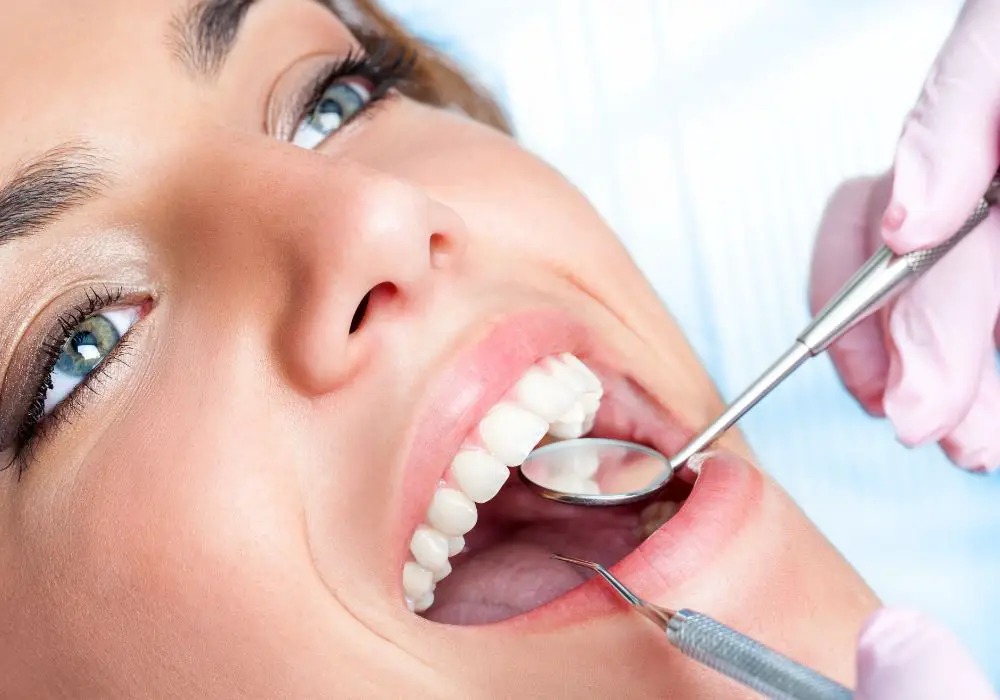
When you look in the mirror and smile, you can see different types of teeth. These teeth have different shapes and functions. In this section, we will discuss the four types of teeth: incisors, canines, premolars, and molars.
Incisors
Incisors are the eight teeth in the front of your mouth. They are used for biting into food and cutting it into smaller pieces. Incisors have a flat, sharp edge that helps you tear into food. They are also the teeth that are most visible when you smile.
Canines
Canines are the four pointed teeth located next to the incisors. They are also called cuspids. Canines are used for tearing and ripping food. They have a sharp, pointed edge that helps you bite into food. Canines are also important for your smile because they give your mouth a more defined shape.
Premolars
Premolars are the eight teeth located between the canines and molars. They have a flat surface with one or two cusps. Premolars are used for grinding and crushing food. They help you chew your food into smaller pieces so that it is easier to swallow.
Molars
Molars are the twelve teeth located in the back of your mouth. They have a large, flat surface with multiple cusps. Molars are used for grinding and crushing food. They help you break down tough foods like meat and nuts. The last four molars at the back of your mouth are called wisdom teeth. They usually appear between the ages of 17 and 25.
In summary, each type of tooth has a specific function in your mouth. Knowing the different types of teeth can help you understand how your teeth work together to help you eat and speak.
Tooth Development
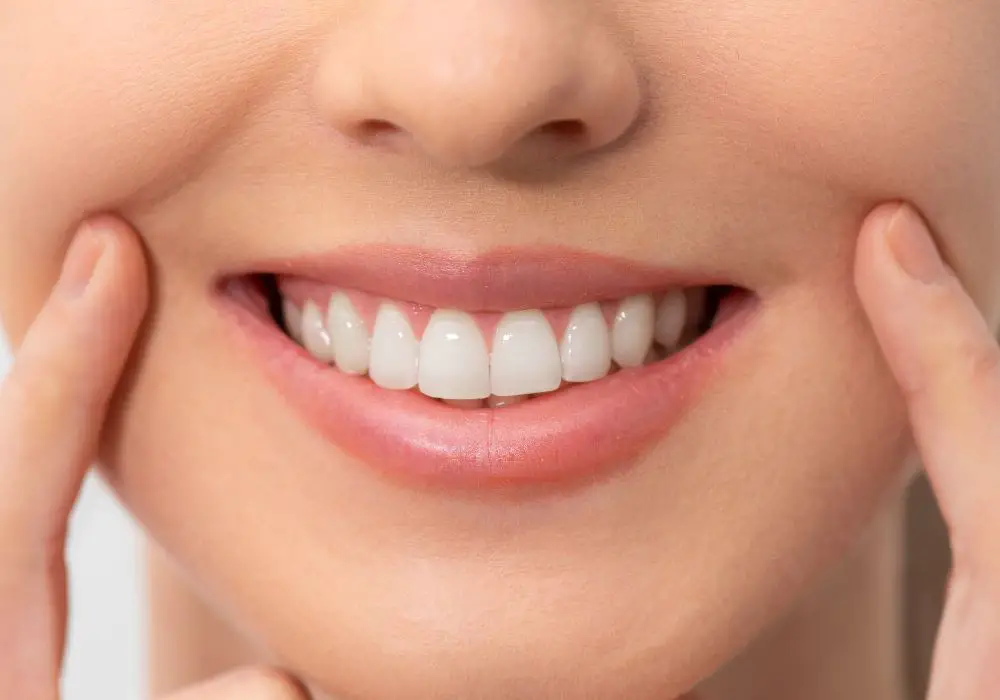
When it comes to tooth development, it is a complex process that starts before birth and continues throughout childhood. In this section, we will explore the different stages of tooth development and the types of teeth that develop.
Baby Teeth
Baby teeth, also known as primary teeth, are the first set of teeth that develop in a child’s mouth. These teeth usually start to develop while the baby is still in the womb, and they begin to erupt through the gums at around 6 months of age.
The process of baby tooth development involves several stages, including the bud stage, cap stage, bell stage, and crown stage. During each stage, different parts of the tooth develop, such as the enamel, dentin, and pulp.
Permanent Teeth
As a child grows, their baby teeth will start to fall out, and permanent teeth will begin to erupt. These teeth are larger and stronger than baby teeth and are designed to last a lifetime.
The process of permanent tooth development is similar to that of baby teeth, with several stages involved. However, the development of permanent teeth is a more extended process, taking several years to complete.
During the process of permanent tooth development, the roots of the baby teeth are resorbed, making room for the permanent teeth to erupt. Once the permanent teeth have erupted, they will continue to grow and develop until the late teenage years.
In conclusion, tooth development is a complex process that involves many stages and can take several years to complete. By understanding the different stages of tooth development, you can better appreciate the importance of good oral hygiene and regular dental check-ups to ensure that your teeth stay healthy and strong throughout your life.
Tooth Functions
Your teeth play an important role in your daily life. They are not only important for your oral health, but also for your overall health. Here are the two main functions of your teeth:
Chewing and Grinding
Your teeth are responsible for breaking down the food you eat into smaller pieces. This makes it easier for your body to digest and absorb the nutrients from the food. Each type of tooth has a specific function in the chewing and grinding process:
- Incisors: These are the front teeth that are used for biting into food.
- Canines: These are the sharp teeth that are used for tearing food.
- Premolars: These teeth have a flat surface that is used for crushing and grinding food.
- Molars: These teeth have a large surface area that is used for grinding and chewing food.
Speech
Your teeth also play a role in your ability to speak clearly. Your tongue and lips use your teeth as a guide to help form certain sounds. For example, the “th” sound is made by placing your tongue between your upper and lower front teeth. If you are missing teeth or have misaligned teeth, it can affect your ability to speak clearly.
It is important to take care of your teeth to ensure that they can perform their functions properly. Regular brushing and flossing, as well as regular visits to the dentist, can help maintain your oral health.
Common Tooth Problems
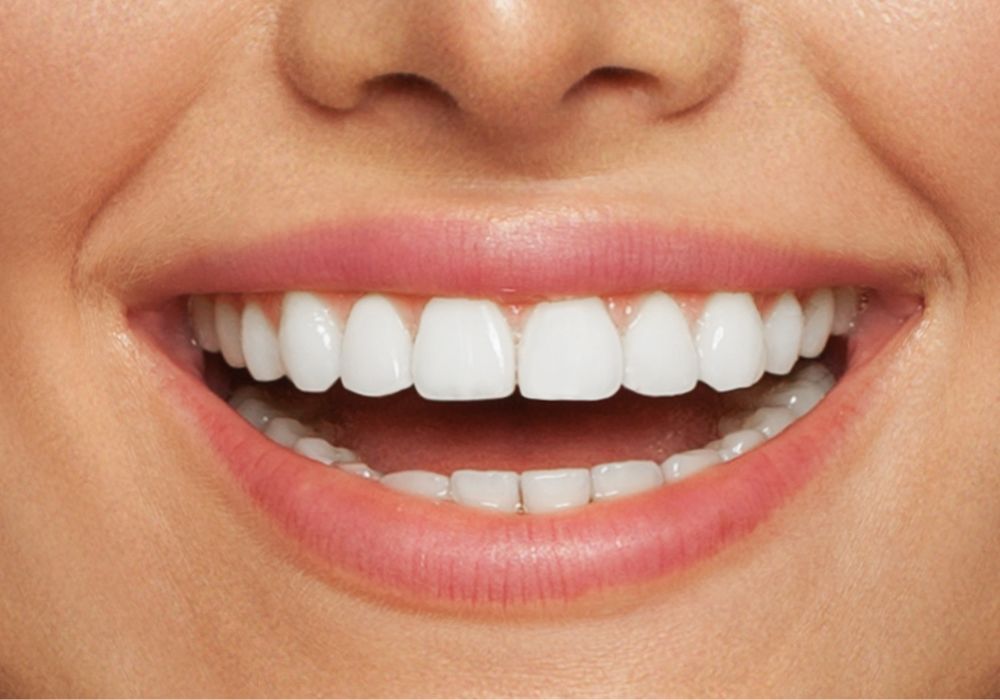
Taking care of your teeth is important for maintaining good oral health. However, even with proper care, you may still experience some common tooth problems. In this section, we will discuss two of the most common tooth problems: tooth decay and gum disease.
Tooth Decay
Tooth decay is a common problem that occurs when bacteria in your mouth produce acid that erodes the enamel on your teeth. This can lead to cavities, which are small holes in your teeth. If left untreated, cavities can grow larger and cause more serious problems, such as toothaches and infections.
To prevent tooth decay, it is important to practice good oral hygiene. This includes brushing your teeth twice a day with fluoride toothpaste, flossing daily, and visiting your dentist regularly for checkups and cleanings. You should also avoid sugary and acidic foods and drinks, which can contribute to tooth decay.
If you do develop a cavity, your dentist can treat it by removing the decayed portion of the tooth and filling the hole with a dental filling. In more severe cases, a root canal or tooth extraction may be necessary.
Gum Disease
Gum disease, also known as periodontal disease, is a common problem that occurs when bacteria in your mouth infect and inflame your gums. This can lead to a range of symptoms, including redness, swelling, bleeding, and bad breath.
To prevent gum disease, it is important to practice good oral hygiene. This includes brushing your teeth twice a day with fluoride toothpaste, flossing daily, and visiting your dentist regularly for checkups and cleanings. You should also avoid smoking, which can increase your risk of gum disease.
If you do develop gum disease, your dentist can treat it by cleaning your teeth and gums to remove the bacteria and plaque that are causing the infection. In more severe cases, surgery may be necessary to remove damaged tissue and restore your oral health.
Remember, taking care of your teeth is important for maintaining good oral health. By practicing good oral hygiene and addressing any common tooth problems promptly, you can keep your teeth and gums healthy and strong for years to come.
Frequently Asked Questions
How many teeth do humans have?
Most adults have 32 permanent teeth, including eight incisors, four canines, eight premolars, and 12 molars. As a child, you have 20 primary teeth, which are later replaced by permanent teeth.
What are the different types of teeth and their functions?
There are four types of teeth: incisors, canines, premolars, and molars. Incisors are used for cutting and biting, canines for tearing and grasping, premolars for grinding and crushing, and molars for grinding and chewing.
What is the structure of a tooth?
A tooth is made up of four layers: enamel, dentin, pulp, and cementum. Enamel is the outermost layer, followed by dentin, which makes up the bulk of the tooth. The pulp is the innermost layer and contains nerves and blood vessels. Cementum covers the root of the tooth.
What are the four parts of a tooth?
A tooth has four parts: the crown, neck, root, and pulp cavity. The crown is the visible part of the tooth, while the neck is the area where the crown and root meet. The root is the part of the tooth that is embedded in the jawbone. The pulp cavity is the space inside the tooth that contains nerves and blood vessels.
What is the composition of a tooth?
A tooth is composed of various minerals, including calcium, phosphorus, and fluoride. Enamel is the hardest substance in the body and is made up of 96% mineral. Dentin is also mineralized, but not as hard as enamel. The pulp contains nerves and blood vessels, while cementum is a thin layer of mineralized tissue that covers the root of the tooth.
Why are teeth important for overall health?
Teeth play a crucial role in digestion by cutting, crushing, and grinding food. They also help with speech and give shape to the face. Poor dental hygiene can lead to tooth decay, gum disease, and other health problems. Regular brushing, flossing, and dental checkups are essential for maintaining healthy teeth and gums.

